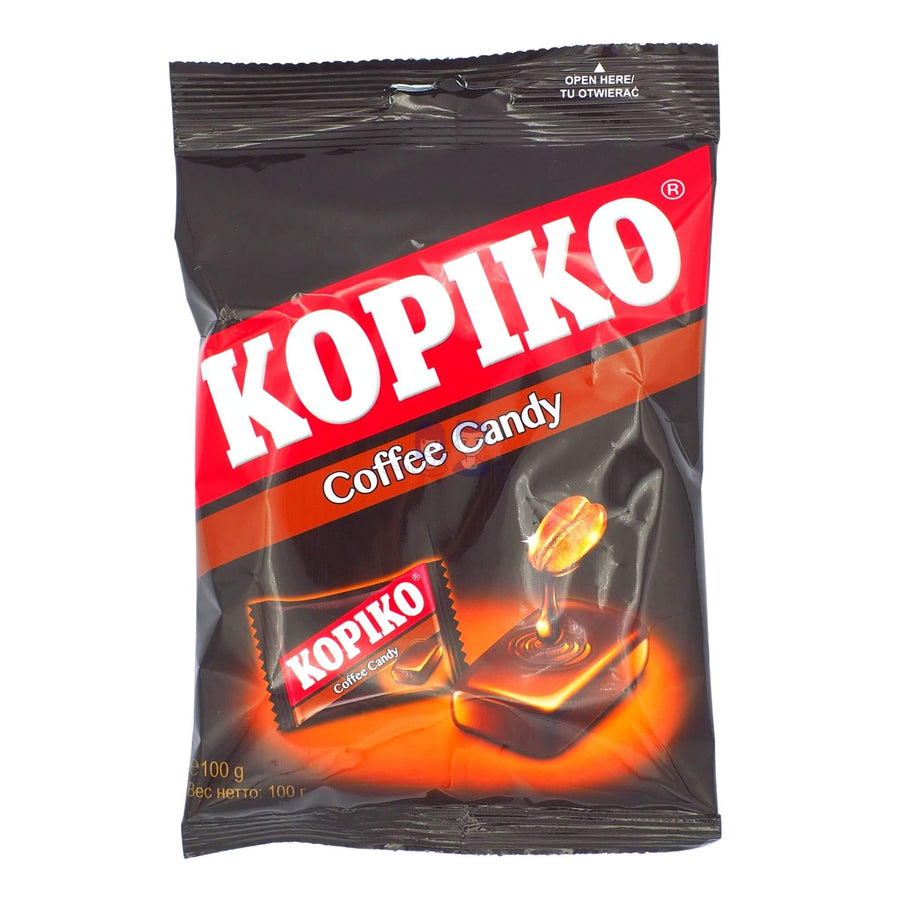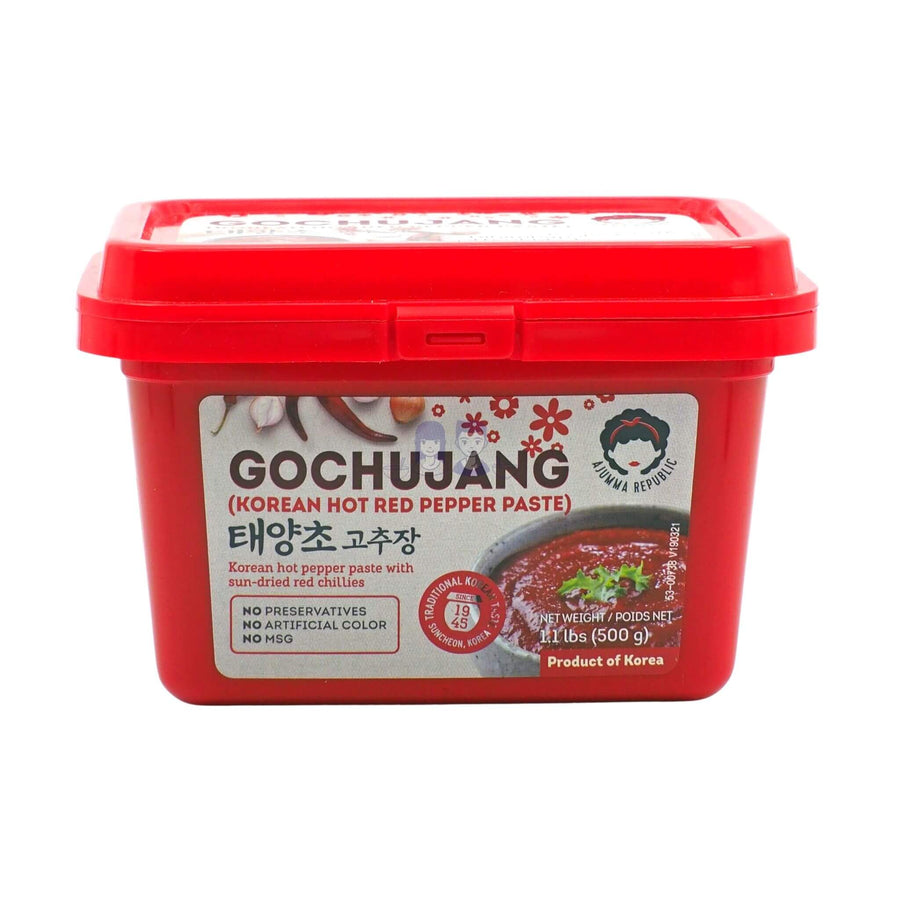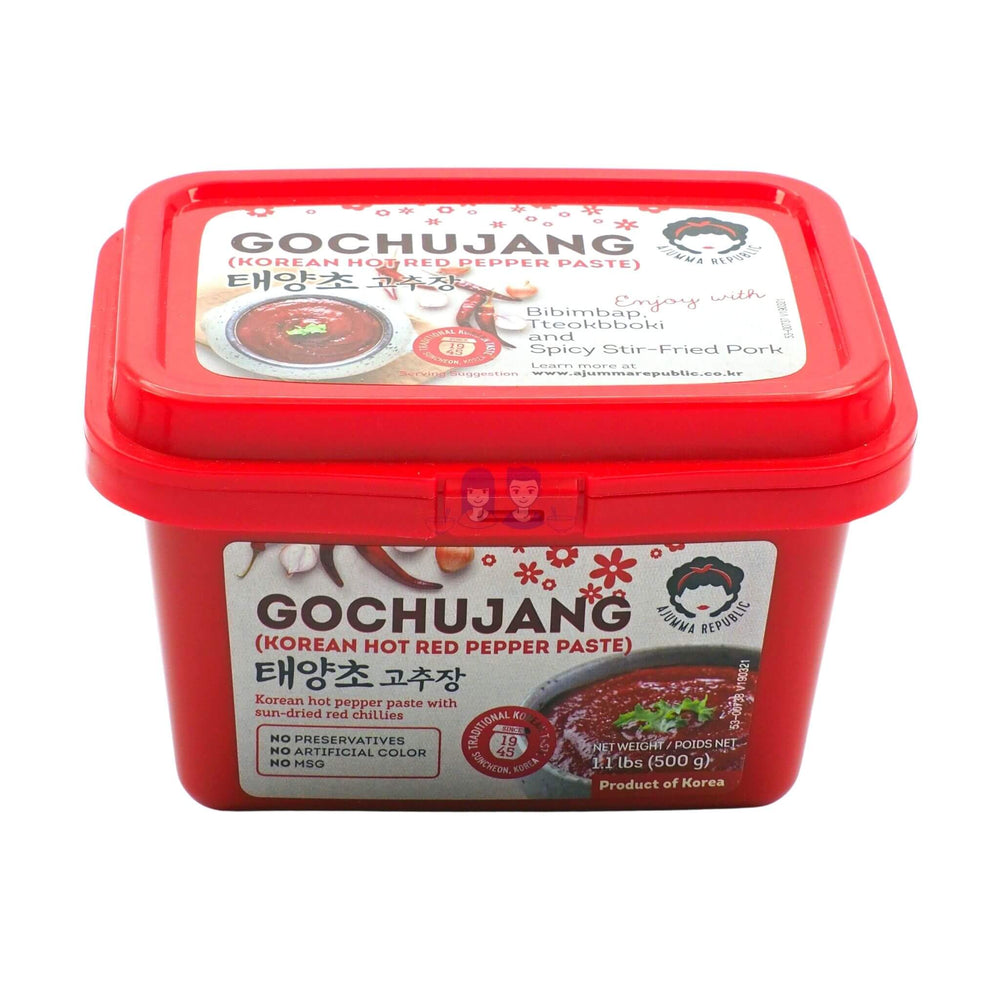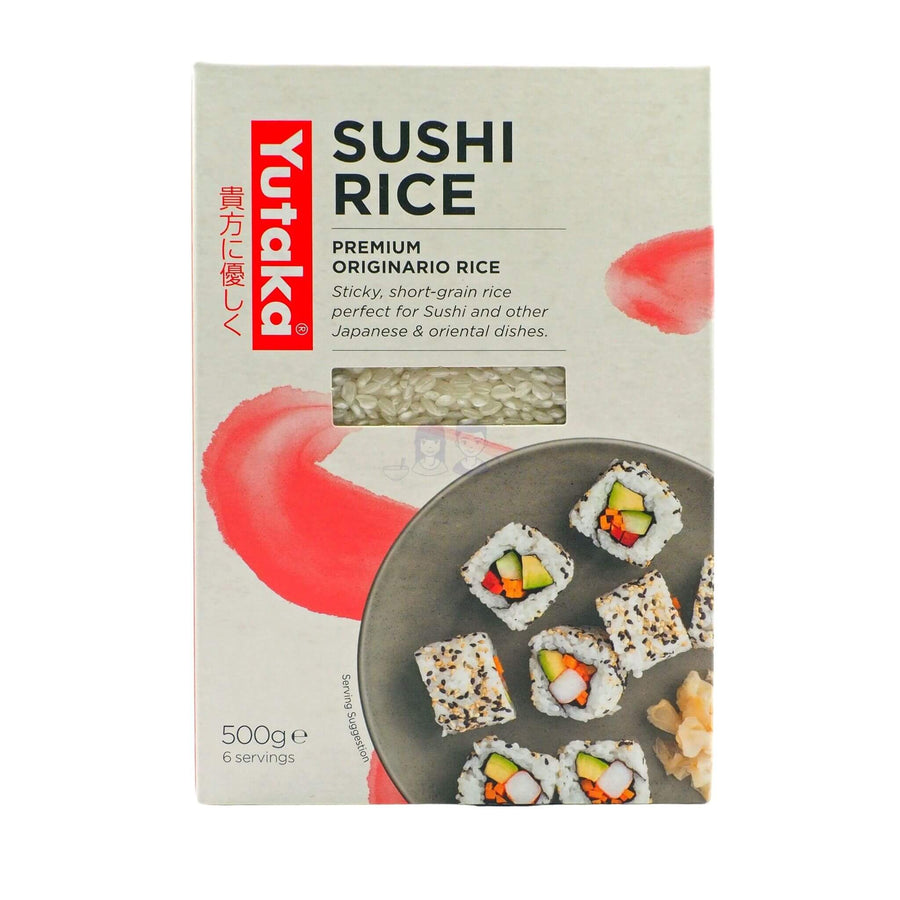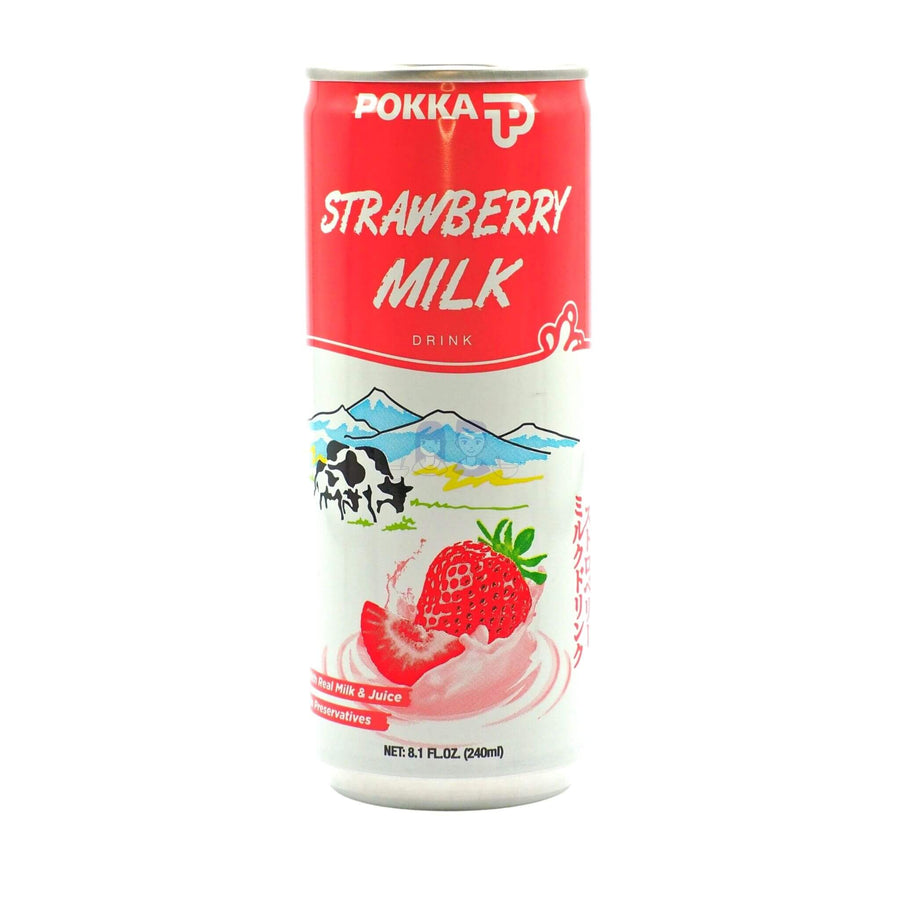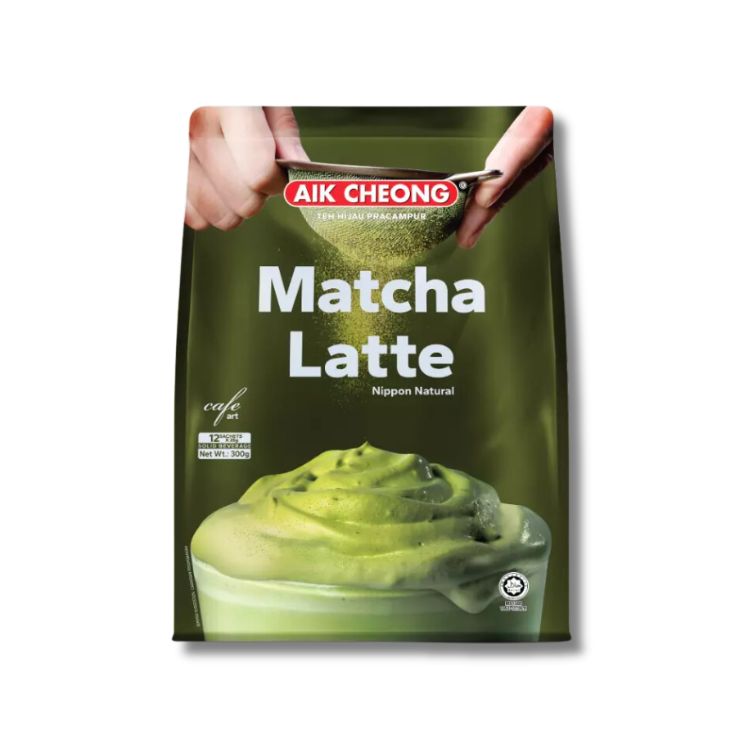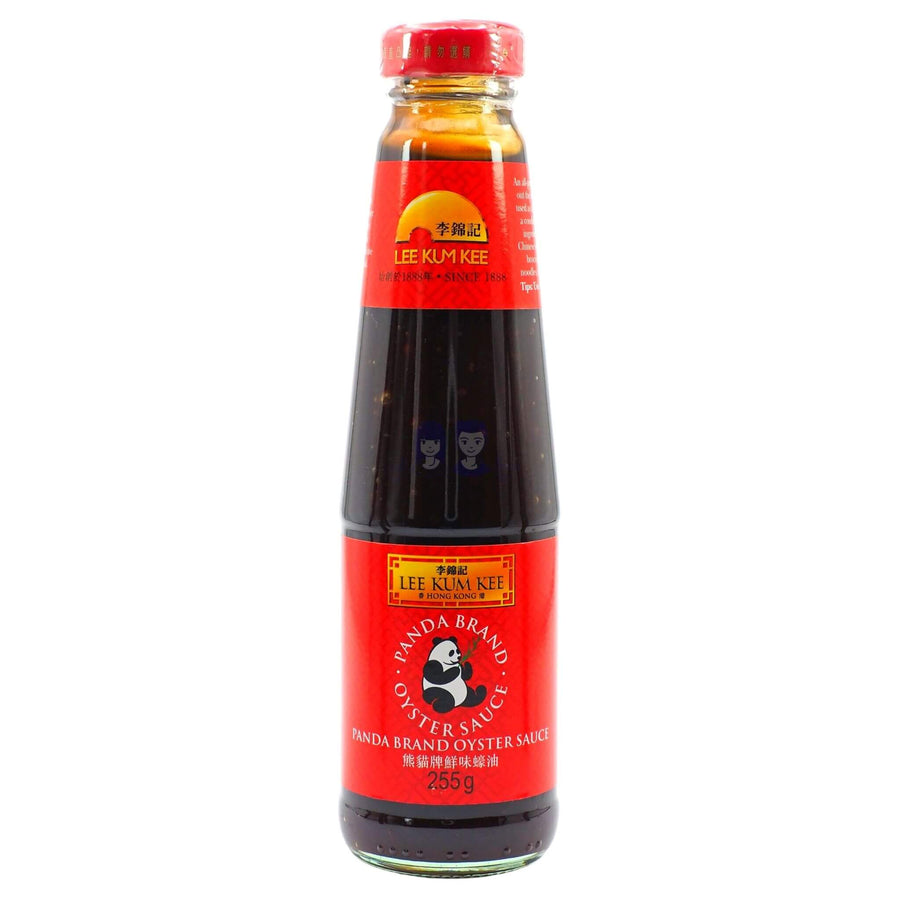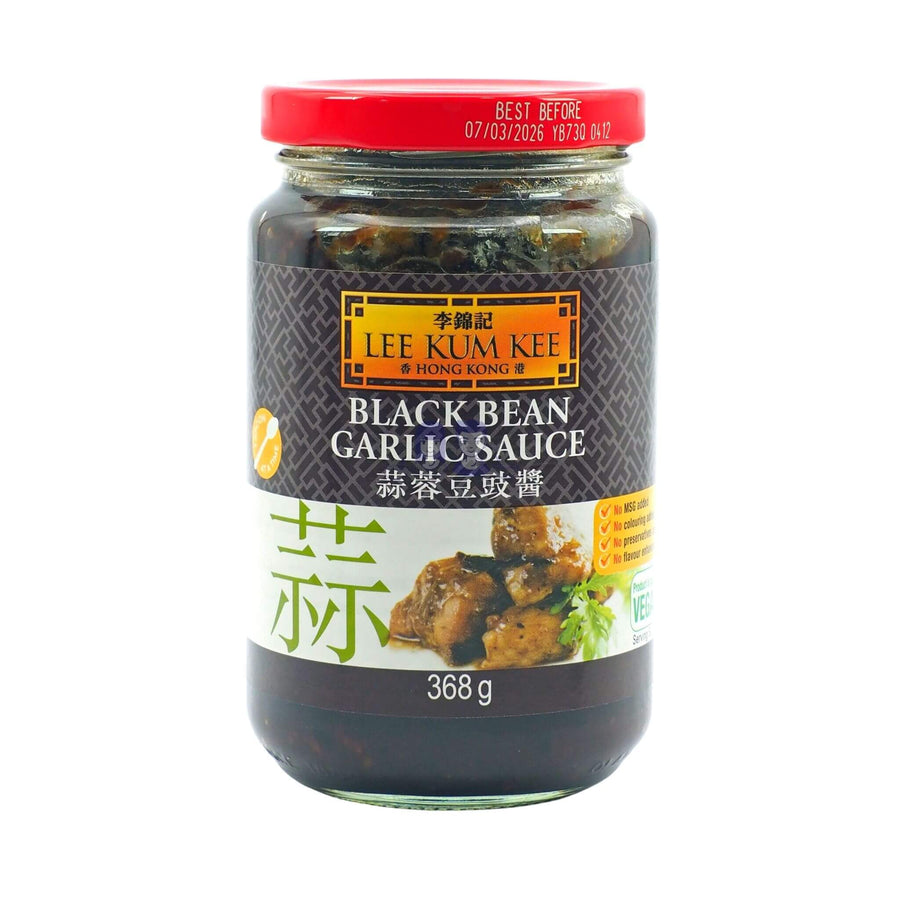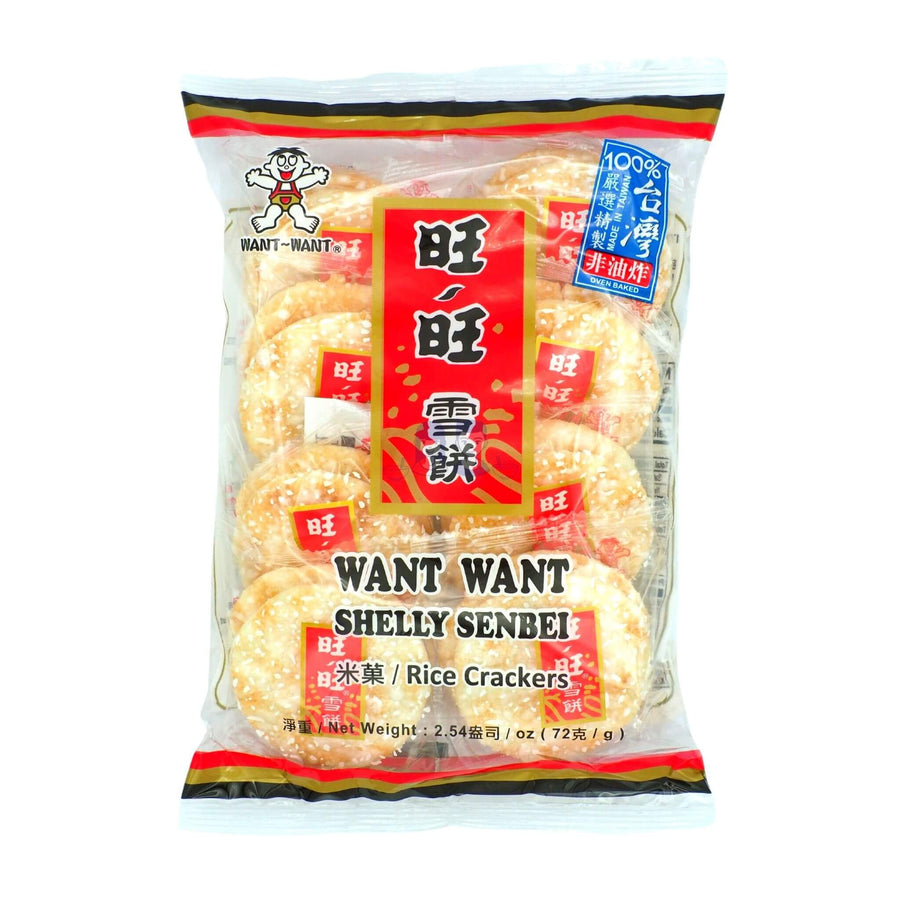15 Exciting Chinese New Year Snacks To Enhance Your Celebrations
Chinese New Year, or the Spring Festival, is a time filled with joyous celebrations and rich cultural traditions. Food, including snacks, is central to these celebrations. It embodies symbols and wishes of good fortune, health, happiness, and prosperity.
In this article, we'll explore the significance of Chinese New Year snacks. We'll also discover the flavours and symbolism behind some of our favourite treats.
The Significance of Snacks in Chinese New Year Celebrations
During Chinese New Year festivities, which can often last a full week, people spend much of their time with family and friends.
Delicious food is central to these joyful gatherings. This is why Chinese New Year snacks appear everywhere during the festive period. They are often exchanged during "Bai nian," where people greet each other and exchange wishes for luck.
Many Chinese New Year snacks hold significant meanings. They often symbolise various hopes and aspirations for the year ahead. For example, many believe pineapple tarts bring good fortune. On the other hand, almond biscuits symbolise wealth. When people offer or receive these snacks, they exchange goodwill and good wishes with one another.
Let's explore 15 popular Chinese New Year snacks, featuring some of our personal favourites:
#1 Pineapple Tarts
Originating from Malaysia and popular in Southeast Asia, pineapple tarts are buttery pastries filled with sweet pineapple jam. These tarts symbolise wealth and prosperity, as the Hokkien word for pineapple sounds similar to "the arrival of good fortune." We love these tarts as they are closely related to pineapple cakes from Taiwan which are also enjoyed as a Chinese New Year treat.

#2 Love Letters (Kuih Kapit)
A beloved traditional snack during the Chinese New Year, love letters are thin and crispy wafer rolls. They are made from a mixture of glutinous rice flour, eggs and coconut milk, folded into a thin crepe-like sheet. According to legend, lover letters were how lovers communicated with each other in the olden days. By eating the edible message, the lover was said to be taking it to their heart. These delicate snacks often symbolise wealth and happiness.

#3 Bak Kwa
Bak Kwa is a popular Chinese snack from Singapore, Malaysia, and Taiwan that is popular during the Lunar New Year. It is a sweet and savoury barbecued meat jerky, often made from pork. Consuming Bak Kwa during Chinese New Year signifies good fortune and is believed to ward off negative energy.

#4 White Rabbit
White Rabbit candies are known for their milky and chewy texture. They have become synonymous with Chinese New Year in many Asian countries. White Rabbit originates from Shanghai and was commonplace during our childhood. They remind us of the importance of family and friends during the festive season.

#5 Mandarin Oranges
Mandarin oranges are a staple during Chinese New Year. They are exchanged as gifts and are commonly seen on every family altar to honour the family lineage. Their orange colour is seen as auspicious, with their circular shape resembling the sun and representing fullness. These vibrant fruits symbolise luck, wealth, and fertility.

#6 Almond Biscuits
Almond biscuits are another popular Chinese New Year staple. They are round crispy cookies with a single or multiple almond nuts positioned on top. Due to their round shape, they are said to resemble gold coins and symbolise good financial luck and wealth.

#7 Egg Rolls
Egg rolls are closely related to, but distinct from, the spring rolls served in mainland China. These deep-fried rolls which can be filled with a variety of ingredients symbolise wealth and prosperity. This is due to their shape and colour which are said to resemble gold bars.

#8 Sticky Rice Cake (Nian Gao)
Chinese rice cakes, known as niangao, are created from glutinous rice flour and possess a sweet taste and delightful chewy texture. They symbolise a higher position or growth in the coming year, as "Nian Gao" sounds like "getting higher" in Chinese.

#9 Tapioca Biscuits (Kueh Bangkit)
Kueh Bangkit translates as "rising cake" in Malay due to the way they puff up in the oven. This delicious snack, which is popular in Malaysia and Singapore, blends aromatic coconut milk and pandan leaves with tapioca flour, icing sugar and eggs. They are moulded into various shapes such as flowers and animals to create a sweet and fragrant snack.

#10 Five Fruit Tray
The Five Fruit Tray is a colourful arrangement of five different types of fruit which is especially popular in Vietnam. The make-up of the tray varies from region to region, however often includes fruits such as oranges, apples, pears, pomegranates, persimmons, grapes, dragonfruit and bananas. This decorative display represents the five wishes - wealth, health, longevity, virtue, and peaceful death. It often serves as an offering to ancestors and a centrepiece during family gatherings.

#11 Dragon Biscuits (Loong Peng)
Dragon biscuits, or Loong Peng, are intricately designed cookies shaped like dragons. Made from margarine, icing sugar, vanilla, flour and eggs, dragon biscuits have a milky taste and crunchy texture. In Chinese culture, dragons are mythical creatures that represent power, strength, and good luck. As such, these delicious snacks are often given as gifts and are enjoyed during Chinese New Year festivities.

#12 Flower-Shaped Biscuit (Kuih Loyang)
Kuih Loyang is a traditional flower-shaped biscuit snack. It is most often associated with Malay and Indonesian cuisine. Kuih Loyang is made by combining flour, eggs, coconut milk, and sugar into a pancake-like mixture. It is then formed into shape with a mould and deep-fried to add a delightful crunch. They are a festive favourite during the Lunar New Year and pair perfectly with tea.

#13 Candied Dried Fruit
Candied dried fruit, such as candied kumquats and candied winter melon slices, are typical treats during Chinese New Year. They represent a happy and healthy beginning for the year ahead.

#14 Peanut Biscuits
Peanut biscuits, or "kue baulu," are golden-brown, bite-sized cookies made from roasted peanuts. These nutty snacks symbolise longevity, as the round shape of the biscuit resembles a long-lasting lifespan.

#15 Prawn Spring Rolls
Ultra-crispy and tasty, prawn spring rolls are another popular Chinese New Year snack. Due to their golden-brown colour and long shape, spring rolls are said to look like golden bars and represent wealth. At the same time, prawns are said to symbolise luck and happiness.

Final Word
Chinese New Year snacks are a key part of the festivities and hold a deep symbolic meaning. They often represent wishes for good fortune, health, happiness and prosperity.
By celebrating the new year with snacks, we enhance our experience. We also gain a deeper appreciation for the cultural traditions and values behind these delightful treats. So, let's savour the flavours and embrace the traditions of Chinese New Year Snacks for a joyful and prosperous celebration!


